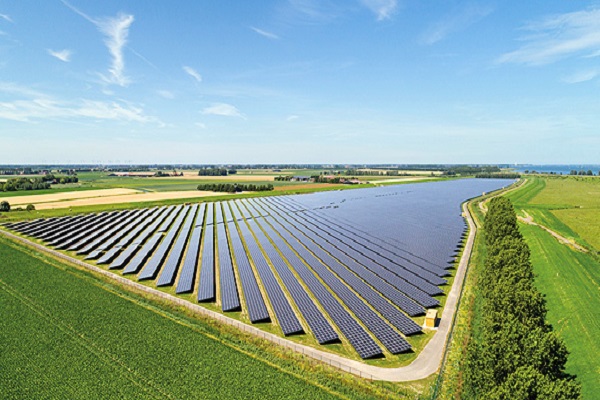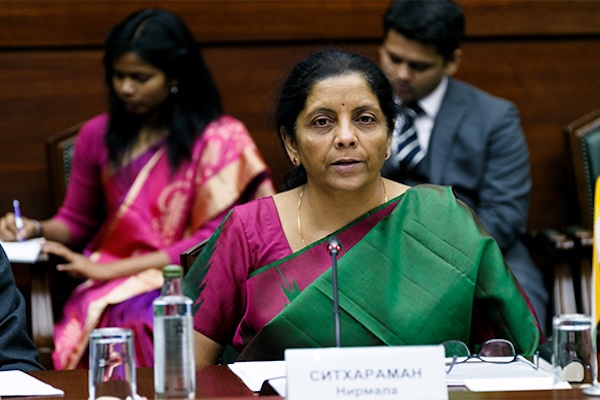.png)

Krishnadevan is Consulting Editor at BasisPoint Insight. He has worked in the equity markets, and been a journalist at ET, AFX News, Reuters TV and Cogencis.
October 24, 2025 at 4:42 AM IST
Reliance Industries’ quarterly results rarely surprise anymore. The ₹459 billion EBITDA and ₹182 billion profit in July-September were exactly what the market expected. What is interesting, though, is how Reliance is slowly rewiring itself from an energy consumer into an energy generator. If this story plays out, the implications could be far bigger than another telecom or retail rerating.
For years, the conglomerate’s green ambitions were dismissed as tick marks on an ESG checklist: solar modules, hydrogen plans, and some partnerships. But behind the slides lies the core truth that Mukesh Ambani’s empire runs on power. Its refineries, data centres, retail warehouses, and telecom networks together draw nearly 18 gigawatts of electricity. That’s more than the peak consumption of some of India’s neighbours.
Now, instead of buying that power, RIL is preparing to generate it. For the first time, details of its energy plan execution have been made public. Four photovoltaic module lines are up, and the cell line will start by November. By early 2026, 40 GWh of battery storage will come online. A renewable energy with round-the-clock power plant in Kutch will begin by mid-2026. Captive consumption is estimated at 17–18 GW, with RTC power first serving internal loads—data centres, refineries, and retail logistics—before external sales. The project will integrate 10 GW of solar and 40 GWh of storage to guarantee steady 24-hour power.
Margin Power
The economics are equally striking. Analysts expect Reliance Industries’ captive power cost to fall by roughly 25%. That could save billions in annual operating expenses—small next to its ₹1.8 trillion EBITDA, but with high-quality margins that compound over time. Every rupee saved on energy goes straight to the bottom line.
Execution, however, is as much an engineering challenge as a financial one as it involves synchronising solar, storage, and grid reliability across such a vast network. Few Indian corporates have the scale or balance sheet to even attempt it.
Reliance’s capex in the July–September quarter jumped 33% sequentially to ₹401 billion, with a rising share now channelled toward energy transition assets and digital infrastructure. Analysts estimate that nearly a third of this spend is already flowing into the new energy ecosystem ranging from solar fabs to battery storage and grid integration.
Several brokerages now assign explicit valuation credit to the vertical, pegging its potential standalone worth at $120–130 billion. UBS and Goldman Sachs have raised target prices largely on stronger retail and energy segment valuations, treating energy as a profit centre rather than a compliance cost.
Reliance’s green strategy, then, isn’t just about ESG compliance. It’s vertical integration. In telecom, the company owned the fibre, the tower, and the user. In retail, it owns the shelf, the brand, and the wallet. Now it wants to own the plug. By internalising energy production, Reliance Industries is securing its biggest input cost and creates an invisible margin lever few can replicate without state-level infrastructure.
Reliance’s approach is notably hardware-led. The company is building from polysilicon to module, from battery cell to system integration. That reduces import dependence and keeps its energy data loop entirely onshore.
By 2027-28, the company expects 10GW of module capacity, 40GWh of battery storage, and 3GW of electrolyser output. Integrating these systems into its refining and data operations could halve Scope 1 emissions intensity over five years.
The timing is deliberate. The company’s data-centre buildout in Jamnagar that will house AI farms designed for “Reliance Intelligence” and cloud services is power hungry. So are its refineries, EV logistics, and upcoming hydrogen plants. Instead of letting power prices dictate margins, RIL is writing its own electricity bill.
There’s a neat historical symmetry here. Two decades ago, Reliance reshaped India’s energy economics by integrating refining and petrochemicals. A decade ago, it rewired telecom by treating data as infrastructure. Its next act may be to treat power the same way, by turning decarbonisation into a competitive moat.
Reliance Industries’ shares remain a play on the sum-of-parts theory. The irony is that energy may be the part that binds the sum.




